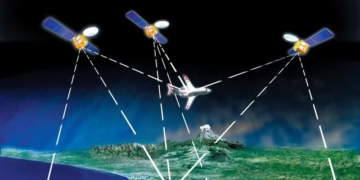Harvesting solar energy from space is currently a goal for many countries around the world. Is this project feasible in the future green energy race?
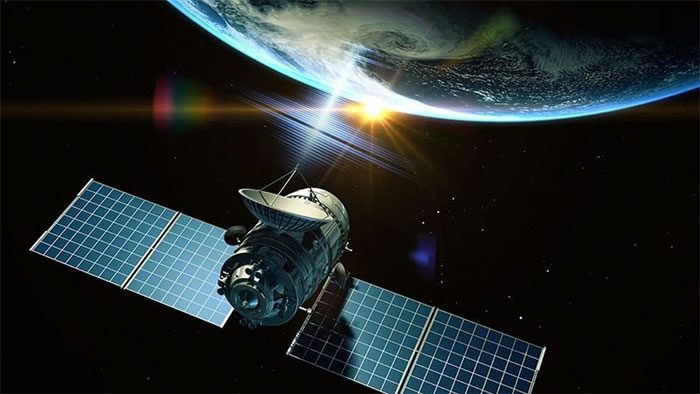
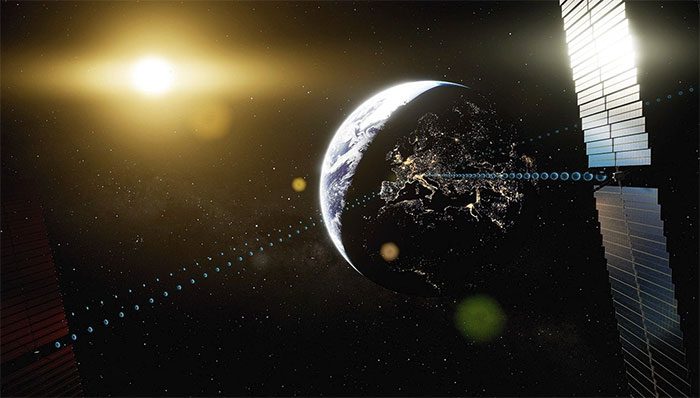
An American engineer proposes placing photovoltaic panels in orbit.
When scientist Charles Fritts invented the first photovoltaic cell in 1880, it was expected to spark a revolution in global electricity production. After all, there is no cheaper, cleaner, and more abundant energy source than sunlight.
Advancements in technology have made this green energy sector more efficient and affordable. However, to date, it still only accounts for nearly 5% of the world’s electricity supply.
One reason for this is that there are still limitations that slow the expansion of solar energy, such as the fact that half of our planet is constantly shrouded in darkness due to the day-night cycle. This prevents photovoltaic panels from producing energy continuously.
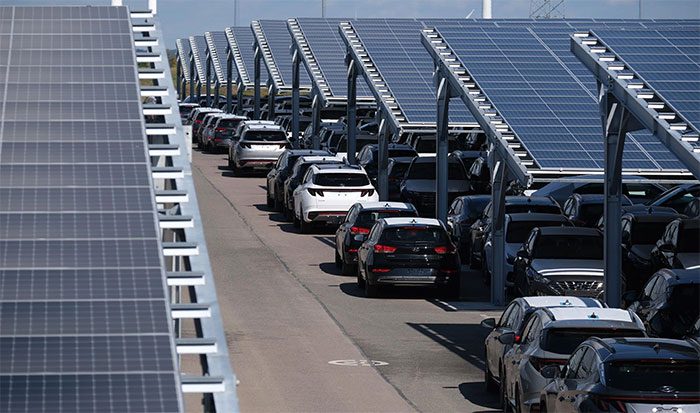
Ground-based solar power stations currently cannot produce electricity continuously. (Photo: Les Horizons).
Ideas to address this have been proposed by scientists since the 1960s. An American engineer, Peter Glaser, suggested a completely different solution: placing photovoltaic panels in orbit.
There, above the clouds, away from the night cycle, sunlight is abundant. Humans would only need to collect this light, convert it into energy, and use it.
The energy would be transmitted in the form of microwave beams or lasers directed toward receiving antennas installed on the ground, allowing us to obtain direct current. From there, the energy will be integrated into power grids worldwide.
For a long time, the high costs of launching into space and the performance of photovoltaic systems prevented Peter Glaser’s brilliant idea from becoming a reality. That is no longer the case; the concept of space solar power plants is gaining new momentum, reflected in various projects in the United States, China, Japan, and Europe.
In particular, it is increasingly attracting attention as the world faces global warming and the urgent need to reduce CO2 emissions from thermal power plants.
Building a space power plant could be a step towards entering a greener era more quickly.
To the Future and Beyond
In the United States, this plan is driven by the robust development of the space industry and threats from climate change. The National Aeronautics and Space Administration (NASA) is carefully considering the Space Solar Power Project (CSS).
According to American policymakers, the situation has changed, and the United States regularly reviews good ideas while keeping all options open. Every aspect of space technology is always of interest to the U.S., looking toward the future.
NASA is very focused on these projects and is considering implementation because the emergence of CSS will impact many other missions of the space agency, as the project requires significant testing and funding.
For NASA, the future may involve building CSS outside of Earth to support the Artemis program, which aims to explore the Moon. Thus, a solar power plant around the Moon would help supply energy for manned outposts and various exploration activities on our satellite.
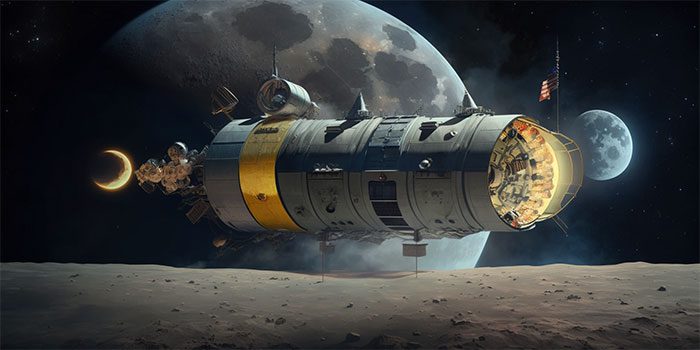
NASA has the idea of building a power plant in lunar orbit to support interplanetary exploration programs. (Illustration: Contrepoints).
Furthermore, more ambitious radiation power could potentially replace the propulsion systems of spacecraft, enabling them to reach interplanetary destinations or even between stars.
On Earth, some view CSS as the ideal way to achieve net-zero greenhouse gas emissions while also benefiting economically from a consistent, sustainable, and abundant electricity supply.
Unlike ground-based solar and wind energy, which cannot provide continuous electricity, CSS would operate 24 hours a day, allowing energy companies to distribute electricity flexibly and meet the global power grid needs.
This makes it a valuable new clean energy technology.
Mr. Martin Soltau, Chairman of the Space Energy Initiative (SEI) in the United Kingdom, points out: “Another advantage of this energy source is that it does not require rearranging the power grid. We are considering placing rectifiers near existing grid connection stations, possibly alongside offshore wind farms.”
SEI is a collaboration between government, energy industry, and scientists, aiming to build a CSS fleet connected to the UK’s power grid by 2040. Each machine would produce nearly the same amount of electricity as a coal or nuclear power plant.
However, this country still has a long way to go, and first, they need to conduct many experimental tests before bringing it to reality. The beginning of this process is SEI’s plan to launch the first orbital aircraft in 2030.
Martin Soltau explains: “The two most important technologies to test in space are the automatic robotic assembly of CSS structures and the energy transmission to Earth must reach a significant level. But many other questions remain important, especially regarding regulations and the radiation spectrum that will be applied.”
High-Tech Testing
SEI is not the only agency on the CSS path. Many projects are underway with significant upgrades, such as the Zhuri Project by scientists at Xidian University (China) and the National Space Technology Academy, exploring solar concentration technologies and wireless energy transmission.
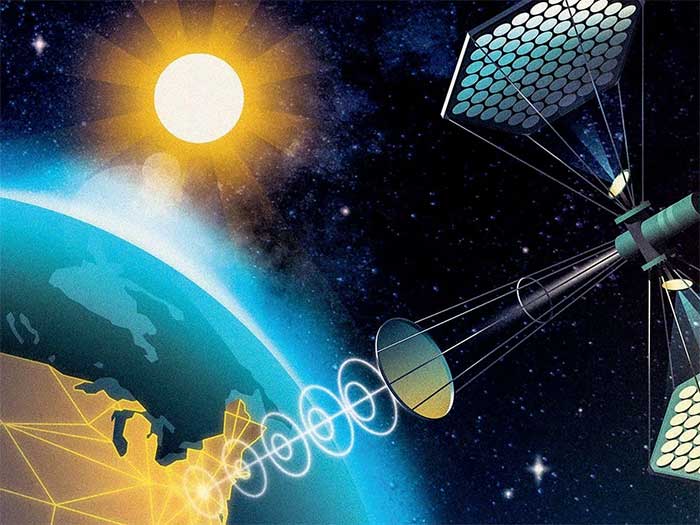
It includes a 75-meter tall steel tower topped with a solar energy collection device shaped like a sphere (Omega), which is expected to one day be placed in geostationary orbit.
Another initiative, Solaris, from the European Space Agency (ESA), was approved by the European Space Agency Council of Ministers in November 2022. The three-year program aims to explore the CSS concept in detail.
In July 2023, Thales Alenia Space (Europe) was selected to conduct a feasibility study for the Solaris initiative. Meanwhile, researchers from the Japan Aerospace Exploration Agency (JAXA) have been studying CSS since the 1980s and hope to complete this work within the next one or two decades.
JAXA has its own technology to improve the accuracy of the energy beams emitted and gather technical data on CSS components.
In the United States, besides NASA, the Department of Defense is also very interested in CSS to power military operations and expeditionary forces around the world.
Thus, the Air Force Research Laboratory has partnered with Northrop Grumman Aerospace and the Naval Research Laboratory (NRL) to recently conduct the first ground tests of the Arachne device.
This device is planned for launch in 2025, with the special mission to demonstrate the ability to form and focus radio frequency beams in low Earth orbit. Additionally, a team from the California Institute of Technology successfully completed the first comprehensive CSS test in June 2023.
Meanwhile, the NRL has developed specialized modules designed to enhance the efficiency of converting solar energy into electromagnetic waves. A device combining these modules has even spent over 900 days in space on the robotic spacecraft X-37B of the U.S. Air Force.
Overcoming Financial Challenges
Scientist Paul Jaffe from NRL explains: “Opposition to space solar power projects largely relates to the economics being prohibitively expensive. The world has a lot of work to do to develop and test this technology to prove it is truly effective.”
Therefore, current experiments are reasonable and prudent before nations commit to developing more comprehensive systems.
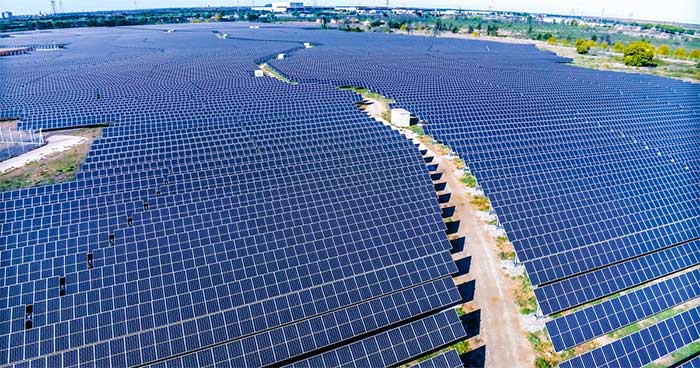
This technology must demonstrate superior efficiency in multiple aspects compared to wind and solar energy projects on Earth to become a reality. (Photo: HSE).
He noted that these experiments could cost hundreds of millions of dollars, and even with such initial funding, the Space Solar Power (SSP) initiative will require strong, long-term support from the governments of various countries. Ultimately, it is about ensuring that these costs can compete with other energy solutions.
Scientist John Mankins, Chairman of the Space Solar Power Committee at the International Academy of Astronautics, expressed optimism about the feasibility of this project.
Previously, SSP projects have been hindered by three financial obstacles: the cost of manufacturing equipment, the cost of adapting to the space environment, and finally, the cost of launching it into orbit. However, these obstacles are about to be overcome, and SSP is entering a new era.
Not everyone shares this viewpoint. Engineer Amory Lovins from the Rocky Mountain Institute, American Energy Research Center, criticized: “Launch costs remain a significant barrier, even with the price per kilogram to low Earth orbit having decreased 20 times since the advent of the reusable Falcon 9 rockets made by SpaceX.”
According to Amory Lovins, while the concept of SSP is still appealing, he believes that the development of renewable energy sources on Earth, such as solar and wind, which have become highly competitive, raises questions about its viability.
A photovoltaic cell will always provide cheaper energy when installed on a rooftop rather than in orbit.


















































